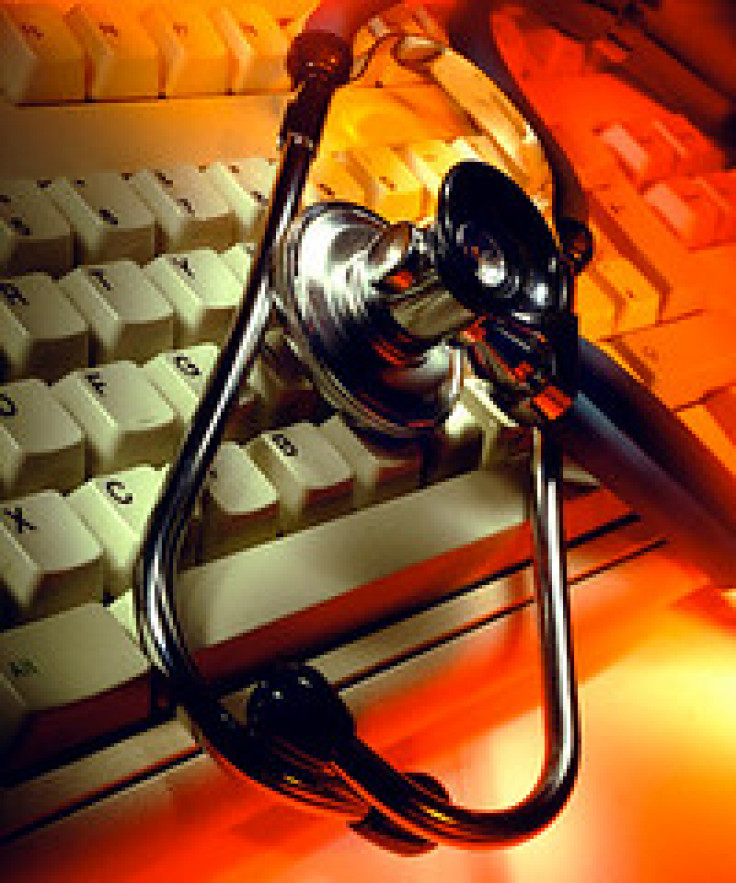Computers beat doctors at diagnosing child illnesses

A computerised diagnostic model developed by a group of specialists in Australia have shown to be more accurate than a doctor's clinical judgement.
The computer diagnostic model is said to be able to improve early treatment in children with conditions such as pneumonia and meningitis who need an urgent administration of antibiotics.
One of the toughest tasks in medicine is distinguishing between children with ordinary viral illnesses and those with bacterial infections which require an urgent administration of antibiotics. Family doctors have sleepless nights worrying about whether they have made the right call.
Now researchers at the Westmead Children's Hospital in Sydney, Australia, have developed a 28-item checklist which, when used with a statistical modelling technique, successfully distinguishes between the two.
They began by recording 40 clinical features in 15,000 cases of children presenting with fever at the emergency department of the hospital. The children were then followed for two weeks to discover what happened to them.
The researchers found 7.2 per cent were diagnosed with severe illnesses including urinary-tract infections and pneumonia. Six children had meningitis. The authors say that, when children are diagnosed by doctors, more than a fifth of those with severe bacterial illnesses are not prescribed antibiotics at their initial consultation and a fifth of those without a bacterial infection are overtreated with antibiotics.
When the computer model was used, the accuracy of diagnosis was equal to or better than that of the doctors. The findings are published in the British Medical Journal.
The strongest predictors of serious bacterial infection were a very unwell appearance, high temperature, chronic disease, and prolonged capillary refill time [the length of time an area of skin takes to turn pink after being pressed with a finger till it is white].
For children with pneumonia, the strongest predictors were coughing, difficulty breathing, abnormal chest sounds, rapid breathing, chest crackles and rapid heart beat.
For urinary tract infection, urinary symptoms such as pain on urinating were by far the strongest indicator, whereas for bacteraemia [the presence of bacteria in the blood which can lead to septicaemia], rapid heart beat and crying were also strong indicators.
jc











